Azure Cost Management and Optimization: Strategies and Techniques
Azure Cost Management and Optimization is a suite of tools and best practices designed to help organizations manage their costs on Microsoft Azure. As businesses move their applications and services to Azure, it becomes increasingly important to effectively manage these costs as a result of the flexibility that comes with cloud computing. As part of Microsoft Azure Cost Management and Optimization (CMOM), you will be able to monitor, analyze, and identify opportunities for cost optimization, as well as implement strategies to lower the costs of your Azure subscription by using the features and benefits offered. With these tools and techniques, you will be able to improve the efficiency of your resources, reduce waste, and obtain maximum benefit from your investment in the cloud.
we will discuss strategies and techniques for optimizing Azure costs through effective cost management.
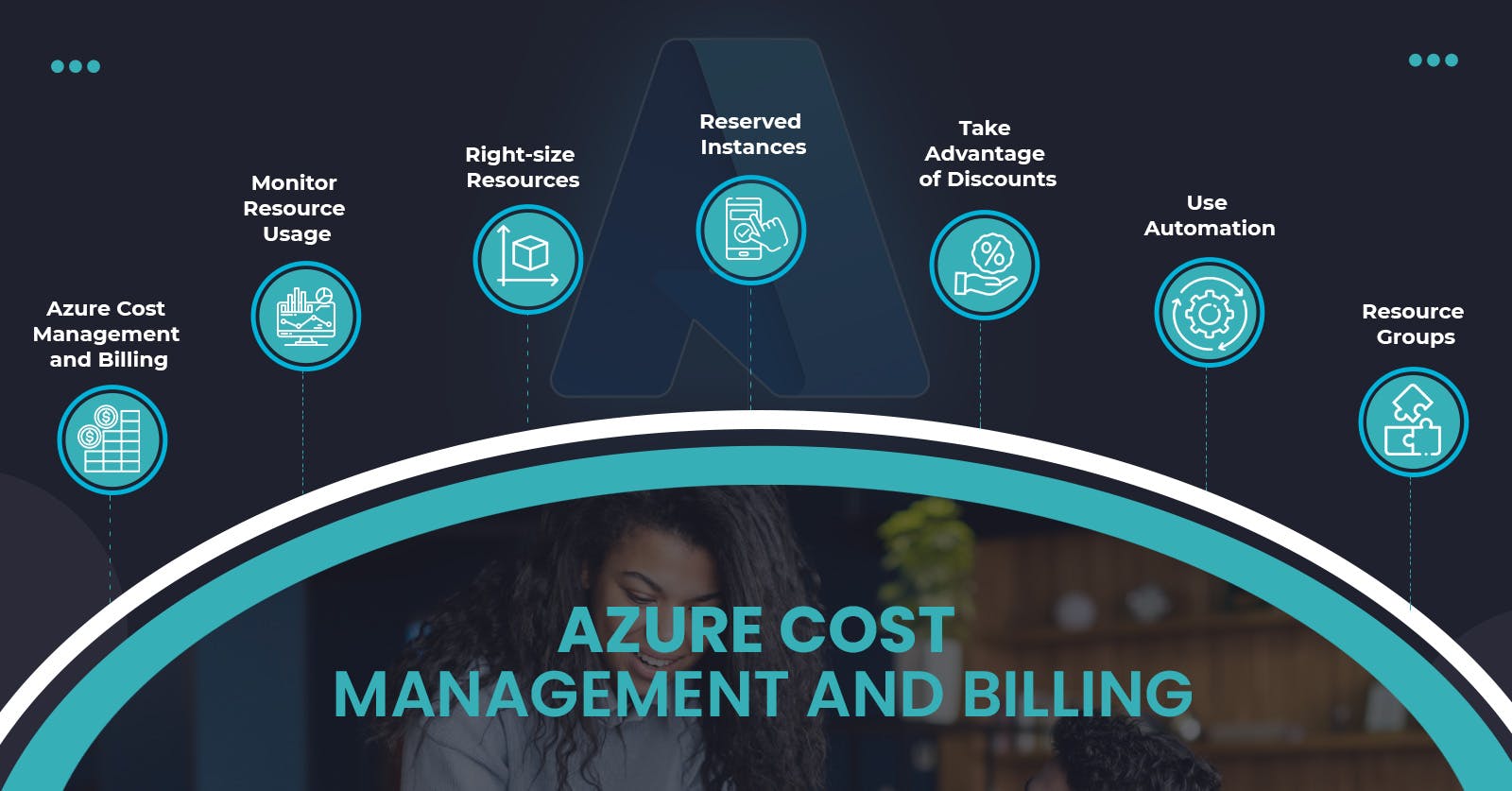
1. Use Azure Cost Management and Billing

The first step in managing Azure costs is to use Azure Cost Management and Billing. This tool provides a comprehensive view of your Azure spending and helps you understand how your resources are being used. It also provides recommendations for cost optimization and helps you identify areas where you can save money.
2. Monitor Resource Usage
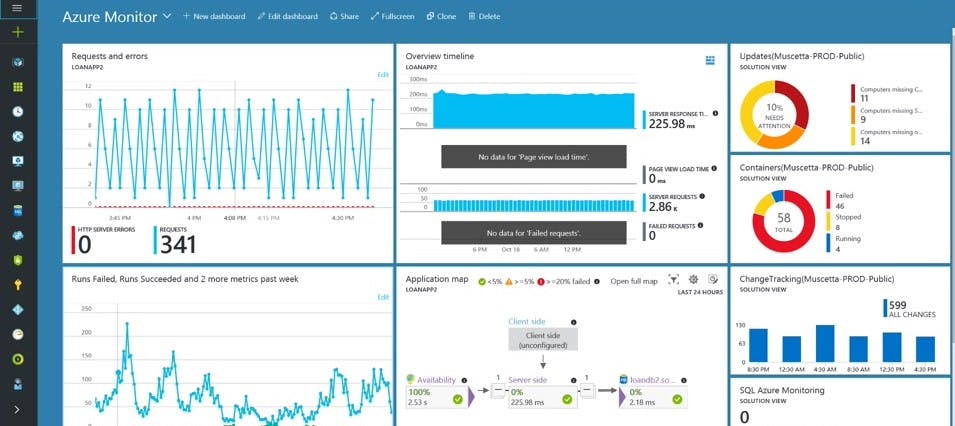
To optimize costs, it's important to monitor your resource usage. This can help you identify resources that are being underutilized or are no longer needed. You can use Azure Monitor to track usage patterns and set up alerts for unusual activity.
3. Right-size Resources
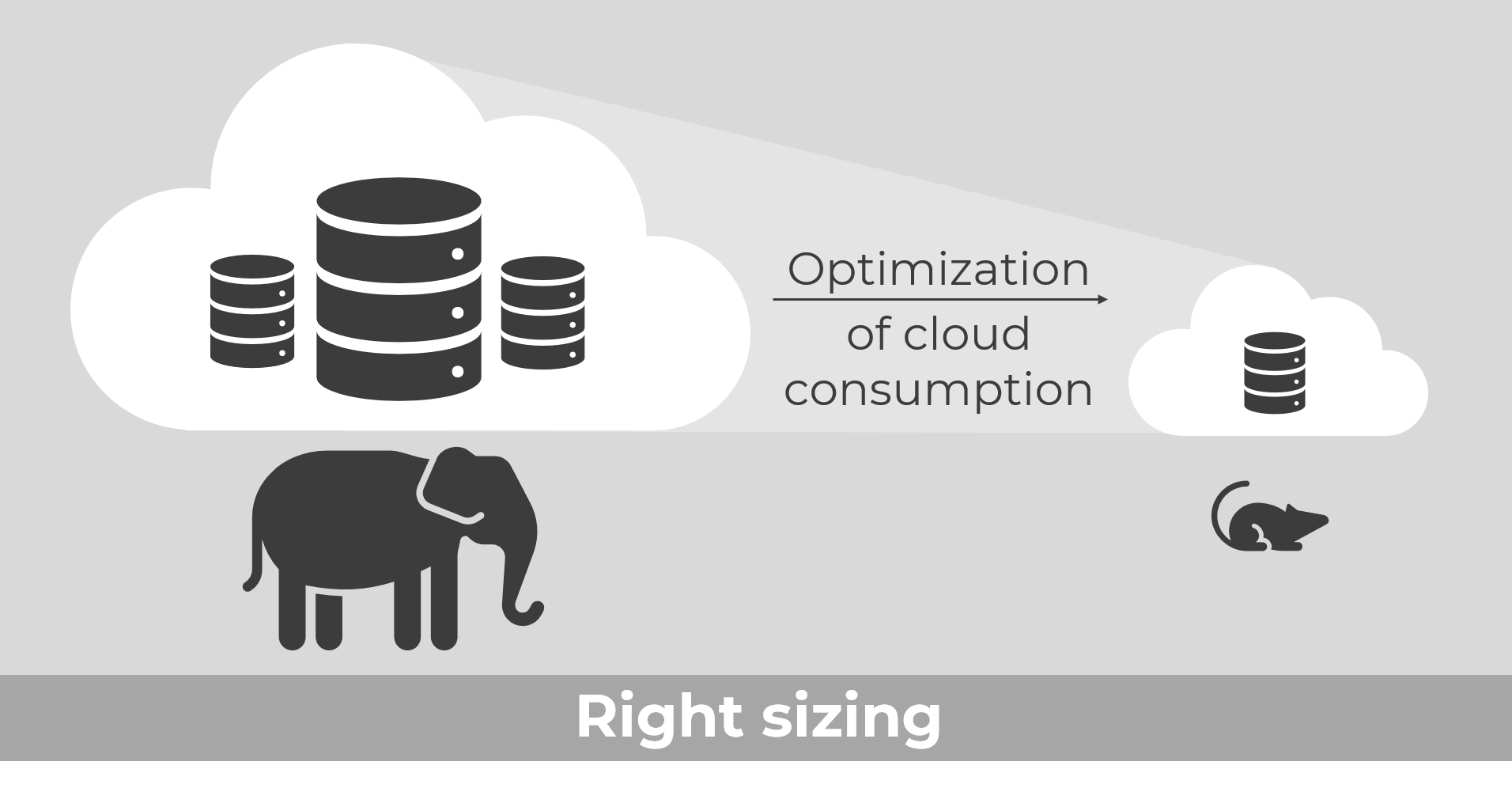
Right-sizing your resources is an effective way to reduce costs. This involves matching the size of your resources to your workload requirements. For example, if you have a virtual machine that is not being fully utilized, you can downsize it to a smaller size or use a serverless option.
4. Use Reserved Instances

Reserved Instances allow you to save money by committing to a one- or three-year term for virtual machines, SQL databases, or other Azure resources. This can result in significant cost savings compared to pay-as-you-go pricing.
5. Take Advantage of Discounts

Azure offers discounts for certain scenarios, such as using Spot VMs or prepaying for resources. These discounts can help you save money on your Azure costs.
6. Use Automation
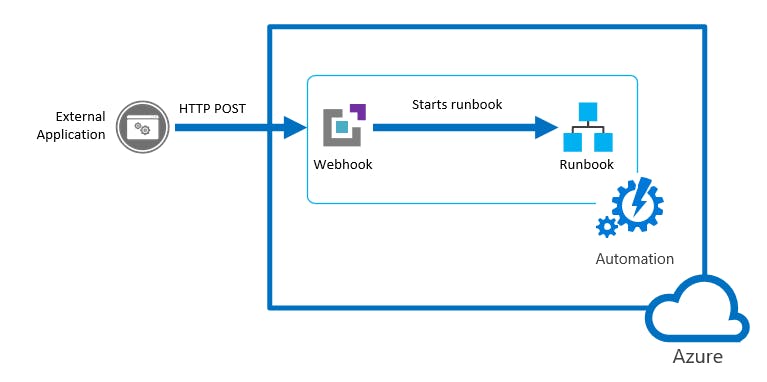
Using automation can help reduce costs by eliminating manual processes and reducing the likelihood of errors. You can use tools like Azure Logic Apps or Azure Functions to automate processes such as scaling, backup, and patching.
7. Use Resource Groups
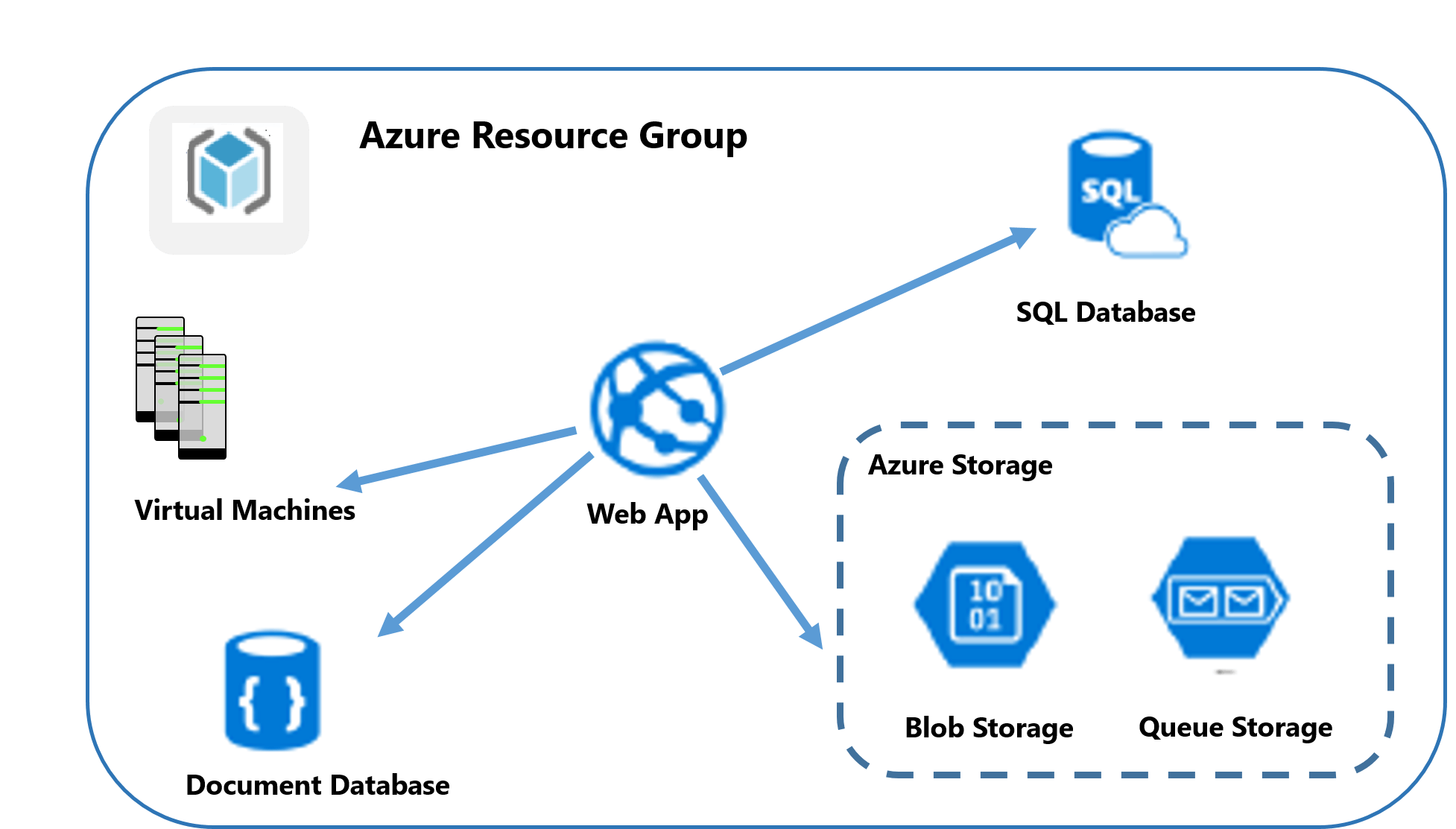
Resource Groups allow you to group related resources together for easier management and cost control. You can apply tags to resources to help you track costs by project, department, or other criteria.
Here are some additional strategies and techniques for optimizing Azure costs
8. Use Azure Advisor
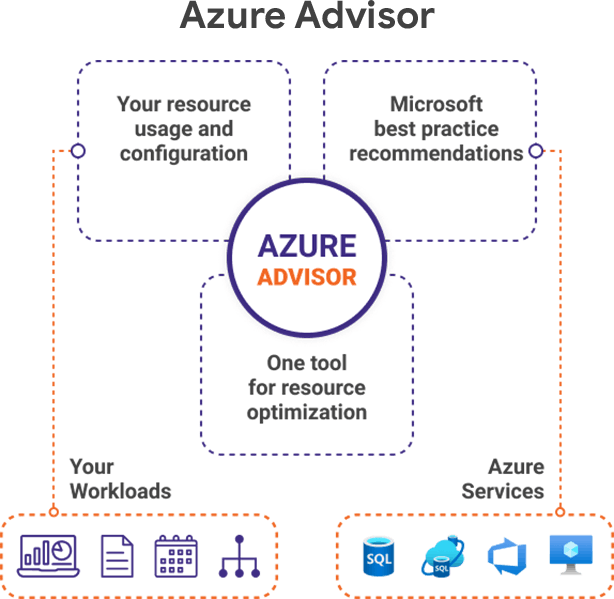
Azure Advisor is a tool that provides personalized recommendations to optimize your Azure resources. It analyzes your resource usage patterns and provides recommendations for improving performance, security, and cost optimization. By following these recommendations, you can save money and improve the efficiency of your Azure resources.
9. Use Azure Cost Calculator

Azure Cost Calculator is a tool that helps you estimate the cost of running your applications on Azure. It allows you to select the resources you need and provides an estimated monthly cost based on your usage. This can help you plan your budget and avoid unexpected costs.
10. Use Azure Spot VMs

Azure Spot VMs are a cost-effective option for running workloads that can tolerate interruptions. With Spot VMs, you can bid for unused Azure capacity and pay a fraction of the price of regular VMs. This can result in significant cost savings for certain workloads.
11. Use Serverless Computing
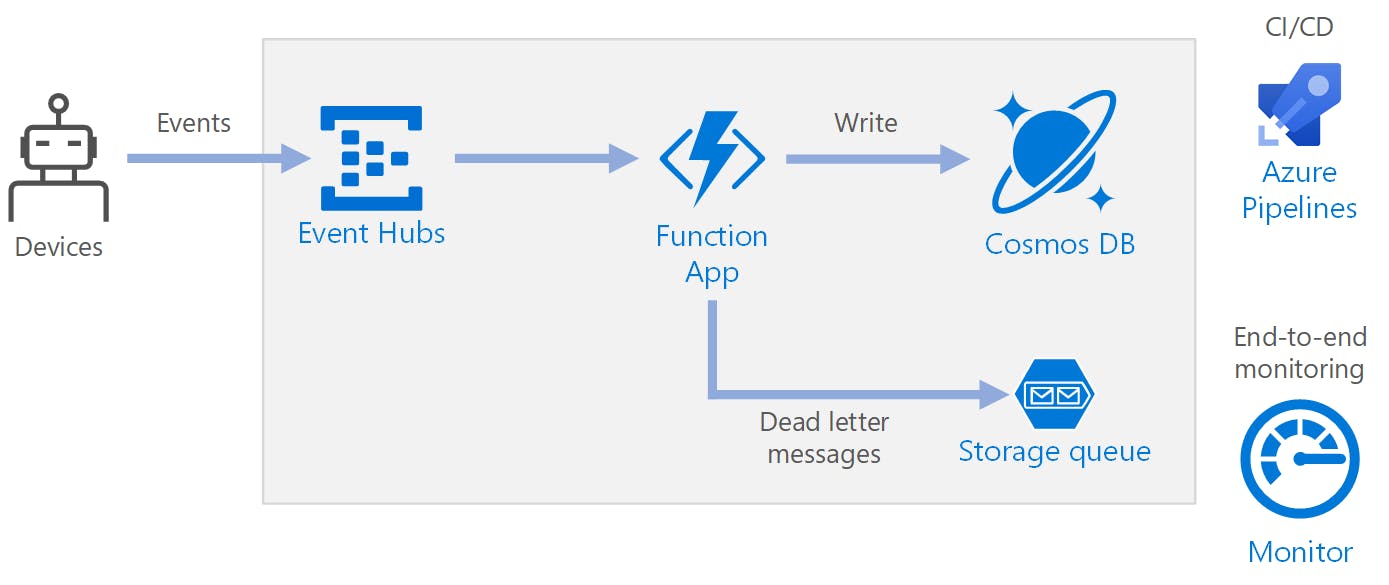
Serverless computing allows you to run your code without the need to provision or manage servers. This can result in significant cost savings, as you only pay for the resources you actually use. Azure offers several serverless options, including Azure Functions, Logic Apps, and Event Grid.
12. Use Resource Locks
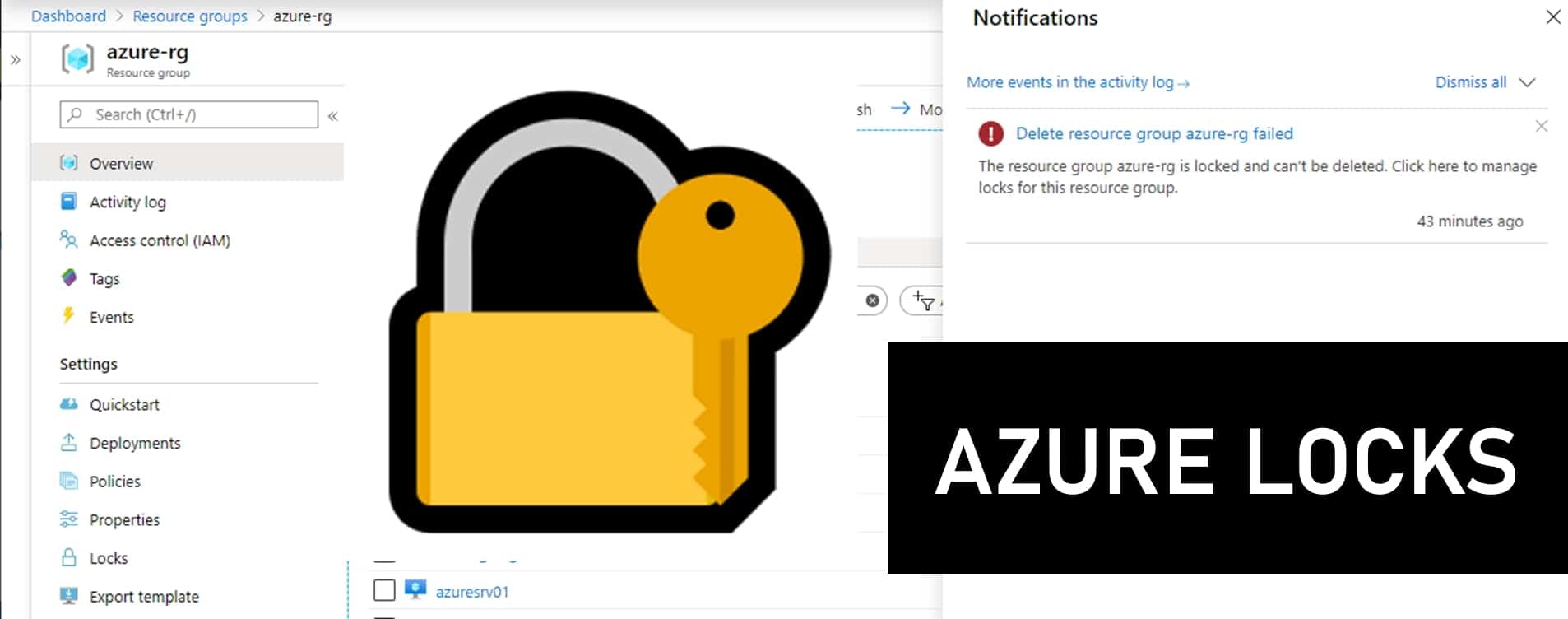
Resource Locks allow you to prevent accidental deletion or modification of your Azure resources. This can help you avoid unexpected costs due to human error. By applying a Resource Lock to a resource, you can prevent it from being deleted or modified without an explicit override.
13. Use Azure Cost Alerts
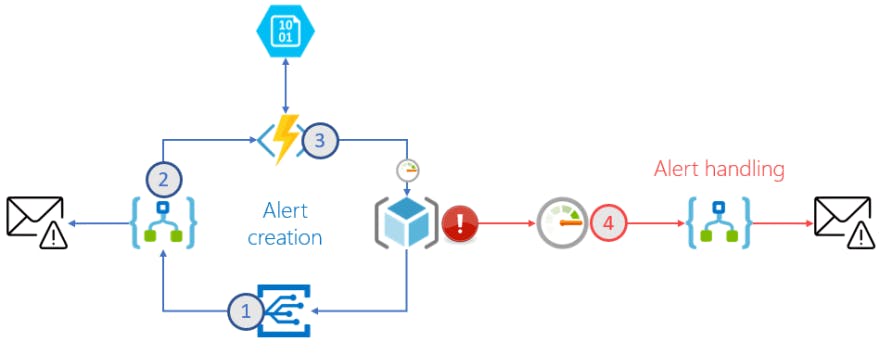
Azure Cost Alerts allow you to set up notifications when your Azure spending exceeds a certain threshold. This can help you avoid unexpected costs and take action to optimize your resources before they become too expensive.
14. Use Azure Reservations
Azure Reservations allow you to prepay for Azure resources at a discounted rate. This can result in significant cost savings, especially for long-term workloads. Azure offers reservations for virtual machines, SQL databases, and other resources.
Conclusion
Optimizing Azure costs requires a proactive approach and a combination of strategies and techniques. By using tools like Azure Cost Management and Billing, Azure Advisor, and the Azure Cost Calculator, you can monitor your spending and identify areas for cost optimization. By using techniques like right-sizing resources, using automation, and using Resource Groups, you can optimize the efficiency of your Azure resources. By following these best practices, you can reduce your Azure costs while still getting the benefits of cloud computing.